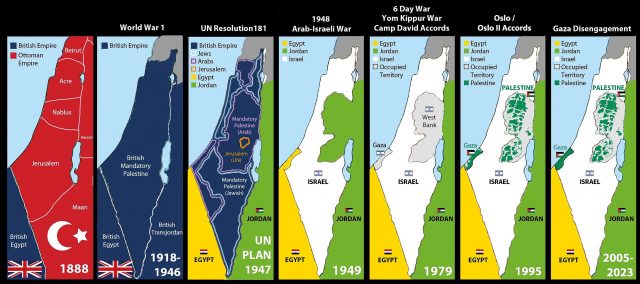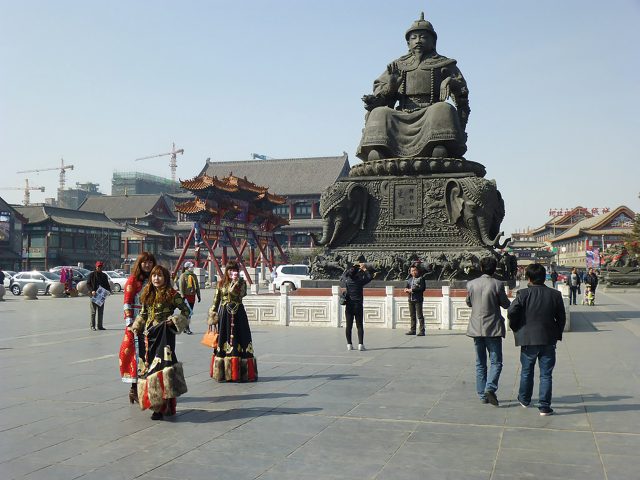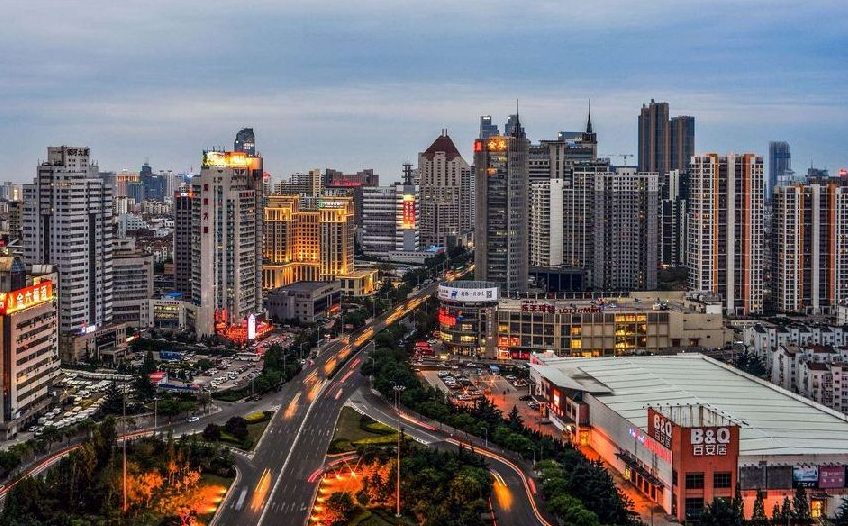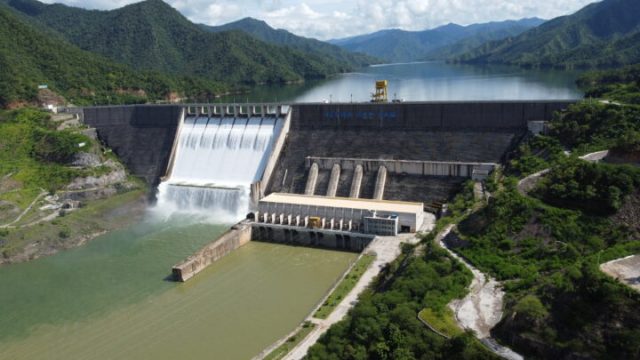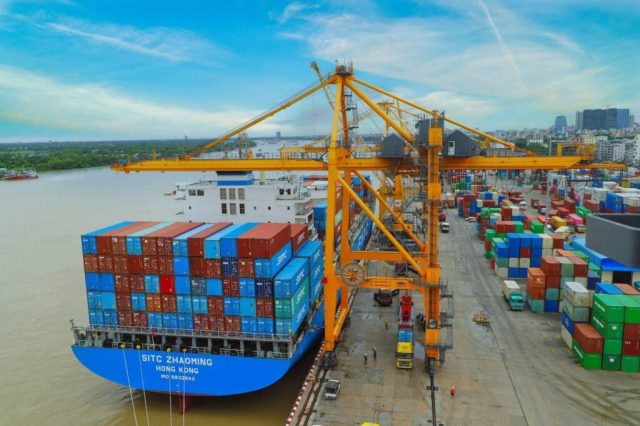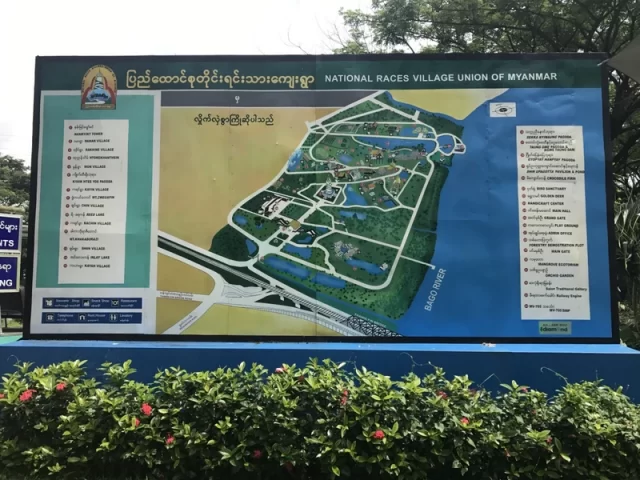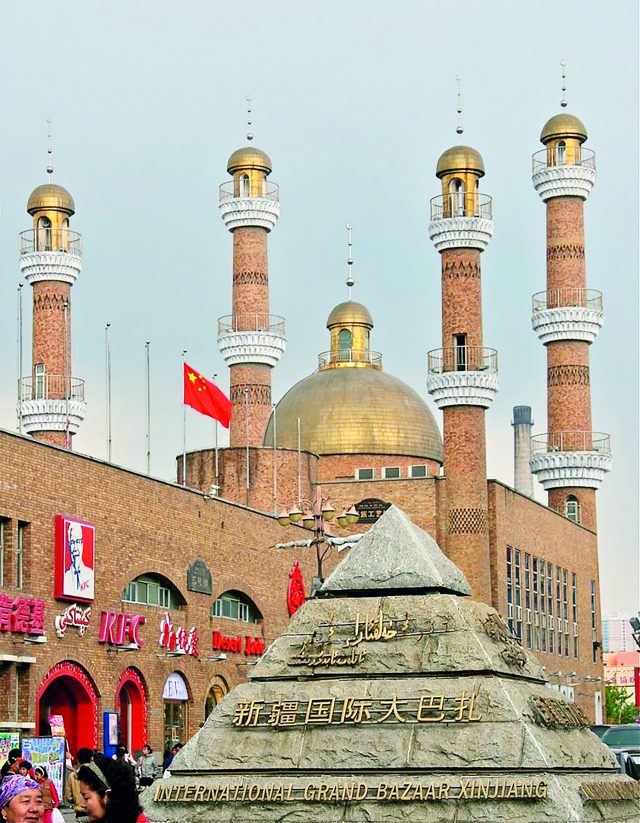One would be forgiven if the only thing ever heard about Xinjiang is on how China abused its power, denied human rights to Uyghur muslims there, and according to wikipedia, Uyghur genocide! Lamentably, that’s how the western media and propaganda go these days. Simple and naive conclusions were drawn having never visited Xinjiang or through interviews with less than 26 people out of Xinjiang 26 million population, in a vast area occupying 1/6 of the whole of China.
Even for visitors to China, free and easy or otherwise, Xinjiang would not be on your top 10 list of places to venture out in China. Unless you are directed specifically to go there, in a country where travelling without knowing Mandarin can really be more handicapped than being in a wheel chair, you would not be journeying towards the West.
Then there is the ‘insignificant’ issue of costs. To comfortably travel to either of the two Westernmost provinces of Mainland (Xinjiang or Tibet) for a week or so, would set you back by at least $10,000 per person. Not a tiny sum for 99% of the world population.
Yes, we have been there!
Not only the capital of Xinjiang (Urumqi), but also the cities of Karamay, Ili and Hotan.
The flight from the Capital of the North (Beijing) takes close to six hours, probably akin to flight time from Singapore to Shanghai. It’s all exciting to be going to the place where most parts of the Silk Road 2,000 years ago existed, yet gazing down from the plane only greeted you with miles and miles of desolate dunes of the desert, devoid of decent settlements down there. We wonder how the traders from Constantinople managed to cross such an enormous and empty expanse, unaccompanied by contemporary modes of transportation that we are so accustomed to, at this moment.
But not all is lost here! Once you reach the town of Karamay (in Chinese, Ka La Mar Yi), you would realise this third or fourth tier town is many times bigger than most cities in other parts of the world. Karamay is an oil city. You would certainly be impressed by the power of Chinese infrastructure. Suddenly, pristine freeways leading into the city popping right out of the barren wasteland. High rise residential towers are within your next visibility, followed by a couple or so refineries. We were told there there are two or three universities even in this faraway and lonely place, making sure that even inhabitants of one of the remote parts of China can still enjoy the essential public services to help them stand tall.
Ili (in Chinese, Yi Li)
The city of Ili is near the border with Kazakhstan. A sizeable portion of the city population speak can Kazakh language better than the urban dwellers from Kazakhstan itself (who speak Russian). Their traditions are safeguarded in full in a country where 95% of the population is Han Chinese.
We visited the Shaanxi Great Mosque of Yining city, that highlighted the historic mix of cultures of Uyghur Islam and ancient Chinese civilisation. Just outside of the mosque, there exists a ward for residents, where the majority are of Kazakh ethnicity. The houses are of Kazakh design, fused with customary Chinese hereditament. Their foods are unique and their hospitality is distinctive. Nearby of that district is the touristy and much frequented Six Star Street, the Centre of a historic neighbourhood, whose name literally derives from six main roads radiating outwards from a central point.
Ili city is also home to the only Xibe language newspaper in the world – Qapqal News. Xibe people are another ethnic minority group in China, descendants of Tungusic peoples, originally inhabitants of Siberia and Manchuria. Those wondering if this area had ever been a subject of emperors of China past, they only have to see the Xibe Ancient City surrounded by magnificently towering city walls, comparable in sight with those of Xi’an from afar.
Hotan (in Chinese, He Tian)
Hotan is essentially an Uyghur city, where 97% of the city population are Uyghur Muslims and the Hans are the minority. You can observe the long-established arts and crafts of the traditional family businesses such as making paper from the pulp of Mulberry trees. Even in a province where the universal development is behind times, comparatively speaking, infrastructure investment and government dedication to this far-flung region is at par with over the rest of the provinces in the central plains, especially in education and transport and utility infrastructure.
Urumqi (in Chinese, Oo Lu Mu Chi)
Finally we are at the metropolis of Xinjiang, Urumqi. The history of the city can be traced back to the times of the Silk Road merchants – stopping for an over night stop at the Grand Bazaar, listening to the accordion opera performers made up of Hans, Uyghurs, Kazakhs, Dungans and Manchus. The former two are the dominant populace in a city of 3.5 million. Uyghur language is widely spoken here in addition to Mandarin.
Just like in countries such as Myanmar, where the western media, NGOs, their agendas and propagandas, contributed for the better part of igniting conflicts between the ethnic Muslims and the State, China has been subject to serious threats and acts of terrorism within this territory. And China has been successful in bringing peace and prosperity to this land formerly known as Uyghuristan. Absence of western social media, NGOs with ulterior motives, purportedly independent western mainstream media, helped contributed to the speedy crackdown of terrorist and those with separatist ideas.
In conclusion, most us would never truly understand something until we experience them. And experience is the best teacher for all of us. Most of the commentators on Xinjiang have never visited various parts of this great province, or met sufficiently large pool of people to disseminate the truth. In this world full of fake news, mis and dis-information, conceivably this short piece of personal encounters would serve to offer a counterbalance on the world view of this great state of Xinjiang and its friendly and peace loving populace.

